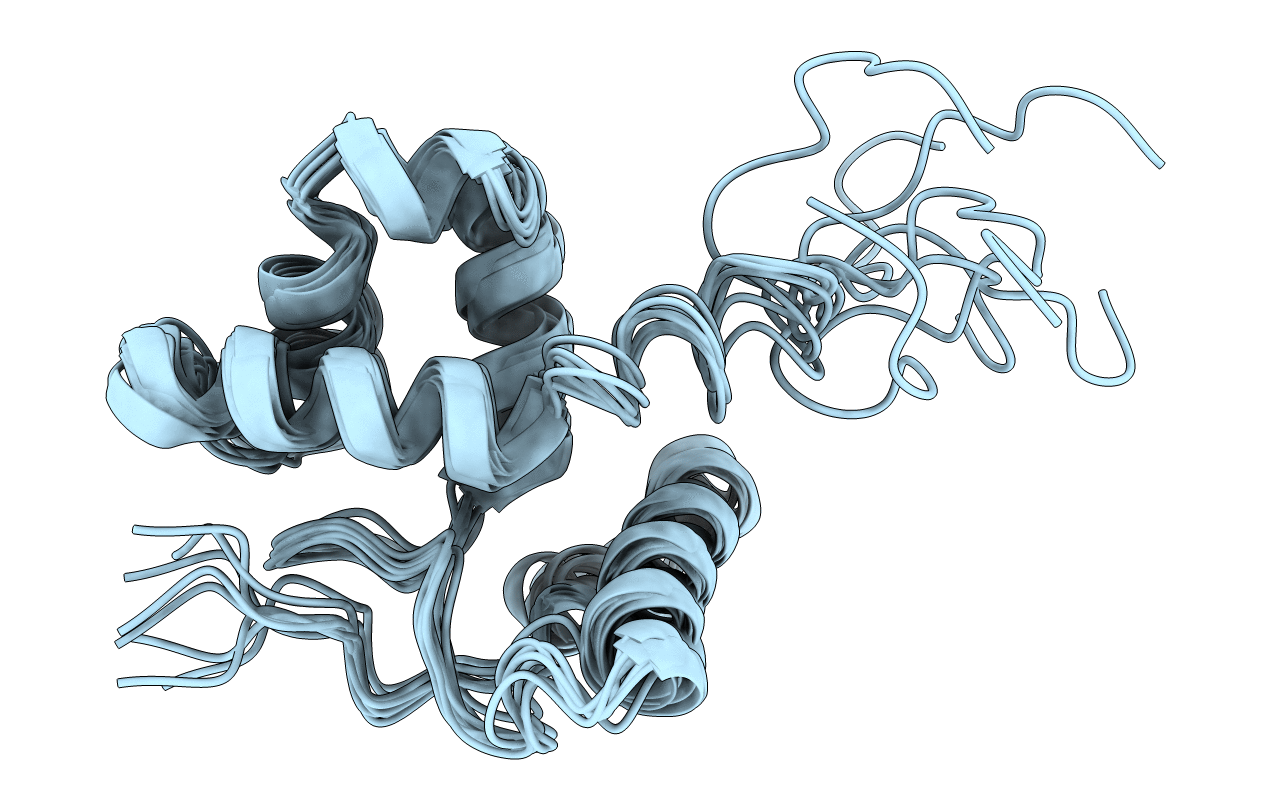
Deposition Date
2003-12-22
Release Date
2004-05-25
Last Version Date
2024-05-22
Method Details:
Experimental Method:
Conformers Calculated:
30
Conformers Submitted:
8
Selection Criteria:
target function


